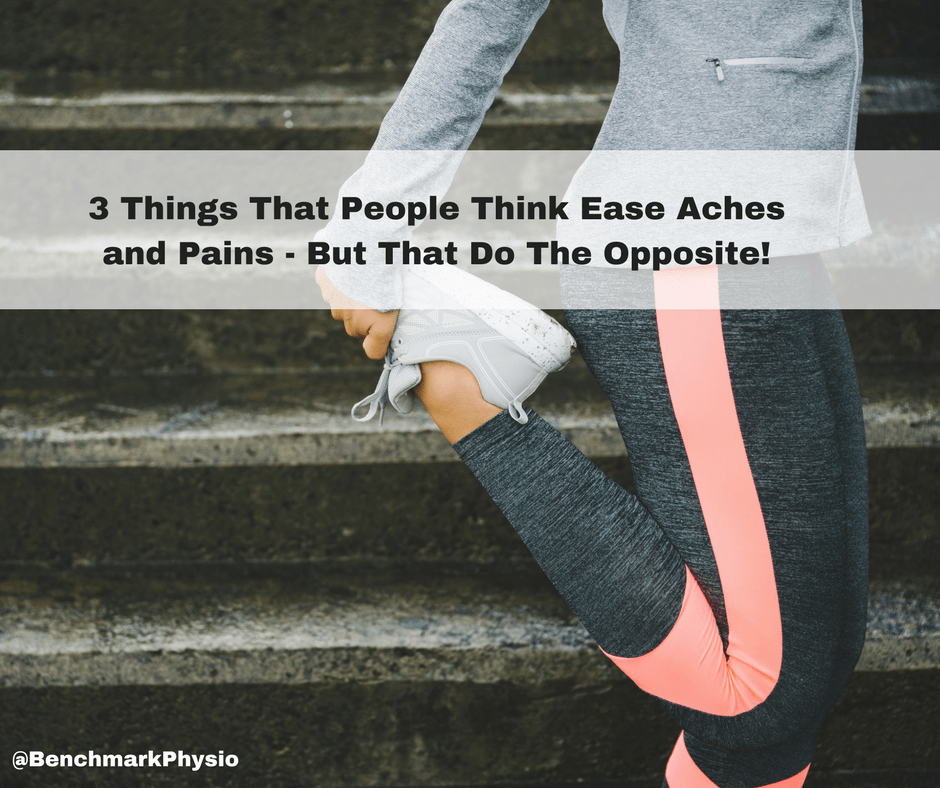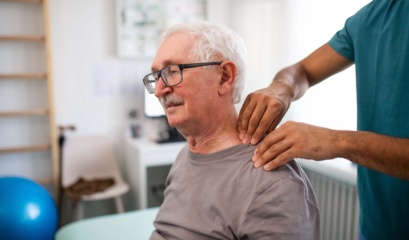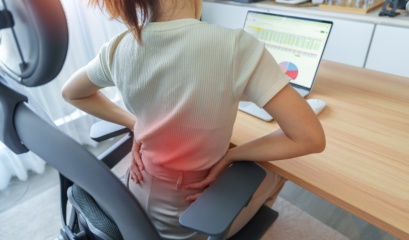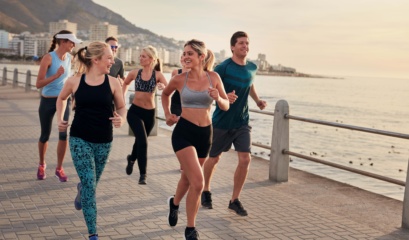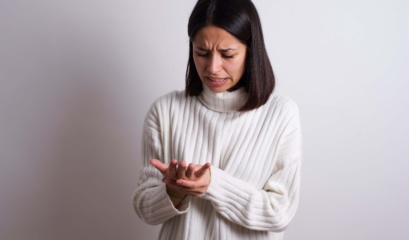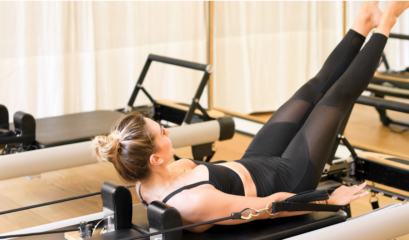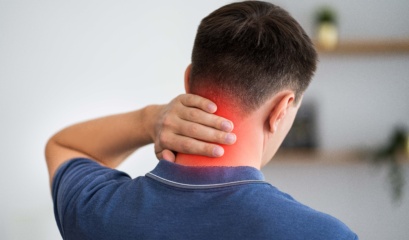
It can be frustrating when you read information on the internet that’s supposed to ease knee pain, but when you try it, the results are disappointing.
A client of mine had the same experience and this is what she asked me:
= = =
“Nick, I’m really starting to get frustrated with some knee pain I have. I feel like I’ve tried everything.
I’ve looked online and was advised to exercise more regularly and have even bought a knee support that I use. I went to see my doctor and was advised to rest.
Now I seem to feel worse than I originally did and don’t know why.
I’m trying everything I am advised on but don’t know what the problem is.
Is there anything you would recommend or is there somewhere where I’m going wrong?”
– Sandra, 50, Revesby
= = =
I empathize with Sandra, I really do.
I understand that she’s trying her hardest to ease her knee pain but the reality is that she might be doing more harm than good.
It can be frustrating to get conflicting advice, especially if it’s on the internet.
Who do you trust?
The doctor that Sandra went to see may have meant to rest from movements that may have caused her knee pain in the first place.
My reason for saying this is because sitting down really won’t ease the knee pain.
Our bodies aren’t designed to sit.
The knee joint and surrounding muscles are stretched, which over time, can cause your knee pain.
What makes this worse is if you cross your legs while sitting or sitting with your knees bent.
This stretches the joints even more and this is partly one of the reasons why we are encouraged to move around after sitting for so long.
After looking at Sandra’s question, I thought it would be best to explain why some of the things you think are easing your knee pain, are actually making it worse!
Using A Knee Support
Please don’t let the fact that this is a support, fool you.
Supports are meant to support you but ONLY as a last minute resort.
By that I mean, if you’re on holiday and having trouble finishing a walk or you’re climbing steep stairs at your friends house and you’re not used to it.
Don’t be any means use a support on a daily basis!
Yes, it may ease your knee pain, but the truth is, it’s just masking the pain and creating a bigger problem.
Think of it like this: when you have a broken leg or arm you get a cast put on.
After 6 weeks or so, once you take the cast off, the muscles underneath are weak, it’s exactly the same as wearing a support every day.
Because the knee support, supports your joint, it takes pressure off your muscles.
But doing this everyday will make your muscles lazy and they will become weaker.
Once you take the support off because it’s eased your knee pain, there’s a strong chance it will come back quicker and worse than before!
So please only use supports when necessary or you might make your knee pain worse!
Don’t Just Ask About Your Knee When Seeing A Physio
You might ask why, when that’s where the pain is, but you must remember why you’re going to a physio in the first place – to find the root cause of your problem.
Yes, your knee might be experiencing pain but the cause might be coming from somewhere else.
We get this quite a lot in the clinic.
Some people will come in with knee pain and when we assess them, we find out they have a lower back or hip problem.
Stop Exercising!
There, I said it.
You might believe that exercising is what’s stopping you from additional aches and pains, which could be true.
However, if you’re experiencing knee pain at the moment, you should stop and assess your exercise routine.
Do you stretch before and after exercise? Most importantly, how do you exercise?
If you mainly run, going slow on the stair master in the gym or doing a gentle breast stroke in the pool, then stop.
All of the above exercises provide repetitive motions for your knee.
They can cause pain to your knee joints and surrounding muscles, you can still exercise, however, just try not to do the same thing all the time!
Remember variation is key to better health, increasing stamina and easing aches and pains from your joints.
A final point I’d like to make, no matter if you’re exercising or not, remember to wear cushioned shoes or trainers.
They help absorb the shock when you put your feet on the floor and help support your body better.
As a result, there will be less pressure on your knee joints and less knee pain overall.
So, to answer Sandra’s question: Remember that not all advice on the internet is right, it’s called advice for a reason!
There’s no evidence to prove that what they suggest works.
I also recommend to ease yourself away from a knee support so your knee gradually becomes stronger and to come see me if any pain persists.


